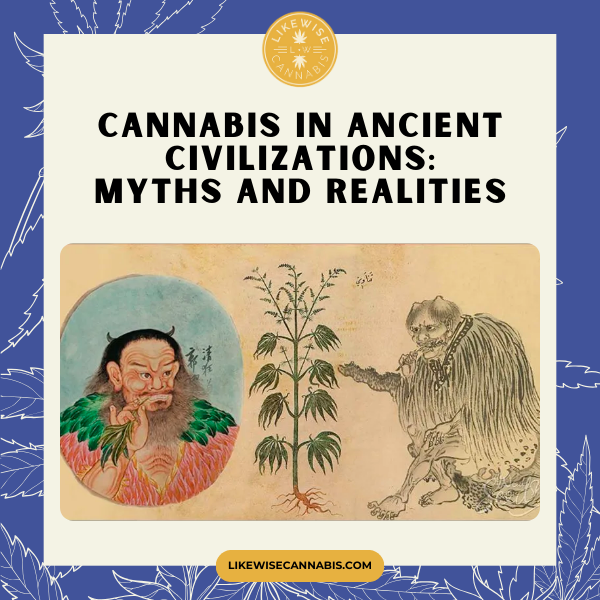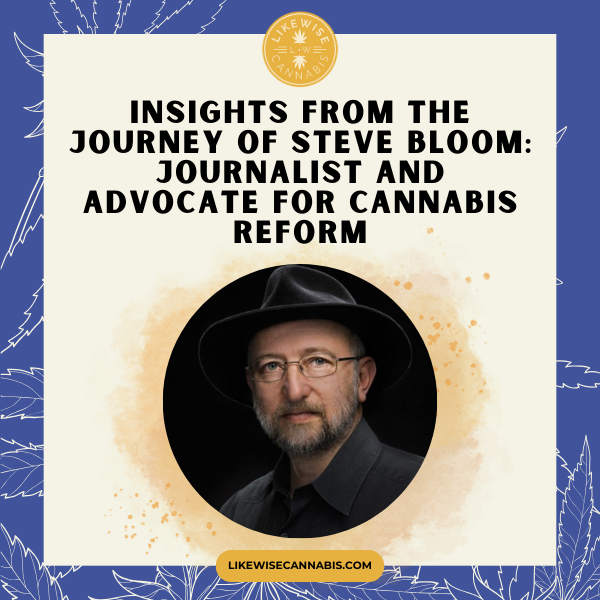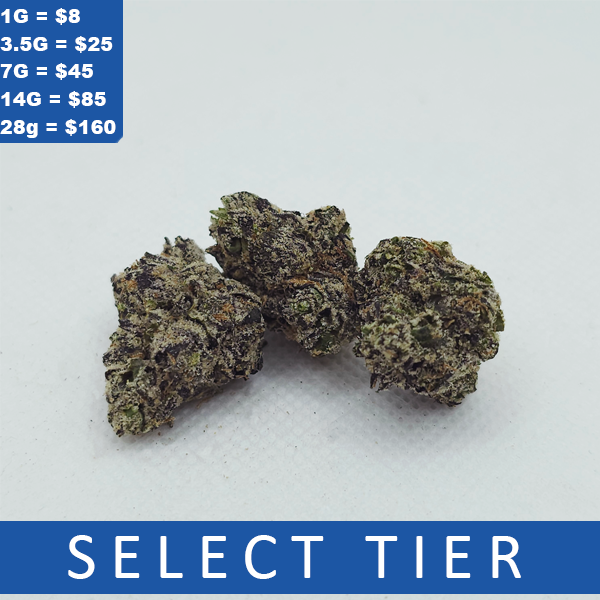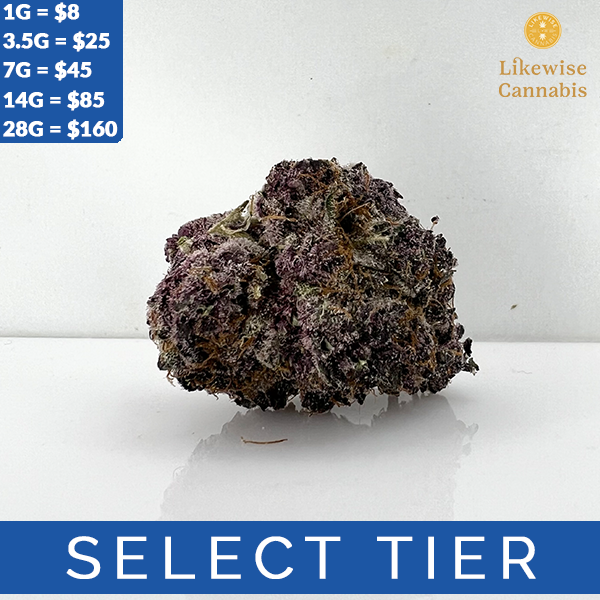Cannabis has a rich history that is entwined with the mythology, daily life, and medicinal practices of ancient civilizations worldwide. It is sometimes referred to by several names, such as hemp, marijuana, or just herbal medicine. Cannabis has shaped civilizations and perspectives for millennia in a variety of ways, from the esoteric rituals of shamans to the founding texts of the main medical traditions. This article explores the myths surrounding cannabis use in ancient societies, as well as the facts about its effects.
Historical Use and Early Evidence
Hemp fibers discovered in pottery from ancient locations in Taiwan provide the earliest archeological evidence of cannabis use, which dates back to the Neolithic era. The intoxicating qualities of cannabis, however, were probably identified much later. Cannabis was highly valued in the past for its therapeutic and intoxicating qualities in addition to its use as a fiber.
China
Cannabis was a commonplace and spiritual practice in ancient China. The world’s earliest pharmacopeia, the Pen Ts’ao Ching, which is credited to the legendary emperor Shen Nung in 2737 BCE, has references to cannabis, or ma, in Chinese. Many illnesses, such as gout, rheumatism, malaria, and absentmindedness, were treated with cannabis. Cannabis was regarded as a divine or semi-divine plant, vital to the ancient Chinese knowledge of medicine and the universe, according to the mythological aura that enveloped Shen Nung.
India
For thousands of years, cannabis has been used both sacramentally and recreationally in India. The Atharvaveda lists it as one of the five sacred plants. The plant was associated with Shiva worship, where it was consumed as bhang to atone for sins and become one with the divine. It was also thought to possess protecting spiritual qualities. This usage of cannabis in religion highlights the intricate relationship between myth and reality in cannabis-related cultural behaviors.
Egypt
Cannabis was mostly utilized medicinally by the ancient Egyptians. Texts on pharaonic medicine, such as the Ebers Papyrus, which dates back to approximately 1550 BCE, refer to cannabis as a treatment for pain and inflammation. Even the mummy of the 12th-century BCE king Ramesses II contained cannabis pollen. The plant’s significance in life and death is shown by its usage in medical preparations and burial sites; yet, myths explicitly associated with cannabis are less well-documented in Egyptian writings than its evident medicinal applications.
The People of Scythians
The Greek writer Herodotus provides one of the most colorful historical depictions of cannabis when he describes the funeral customs of the Scythians, a Central Asian nomadic people. Herodotus describes the Scythians as using cannabis smoke for cleansing. They produced a thick cloud that produced strong euphoric and hallucinatory effects by tossing hemp seeds over hot stones. This ceremony served as a means of spiritual communion as well as a means of social cohesion during the tribe’s times of grieving. The way cannabis was used by the Scythian people shows how deeply ingrained the plant was in their culture and spirituality; it was used for more than just recreational purposes and was a means of connecting with the gods and ancestors on a spiritual level.
The People of Thrace
The Thracians, who lived in what is now Bulgaria, Greece, and Turkey, employed cannabis in their rites just like the Scythians did. The historian Zosimos reports that the Thracians used cannabis in sacred ceremonies to induce altered states of consciousness. The Thracians assigned great spiritual value to cannabis, which is demonstrated by their belief that it enabled them to have direct communion with the god.
Cannabis and Its Uses in Medicine
The Islamic World
The Islamic world developed into a storehouse of antiquated information, including understanding about cannabis, during the Middle Ages. The Persian scholar Avicenna included cannabis in his seminal medical work The Canon of Medicine, which became a standard reference for centuries in both the Islamic and European worlds. He talked about how it can be used for pain, edema, and nausea, among other ailments. This therapeutic use connects traditional customs with more contemporary medical methods, demonstrating the medicinal use of cannabis from antiquity through the Middle Ages.
The Greeks and Romans
There are signs that cannabis was used medicinally in ancient Rome and Greece, even if nothing is known about its recreational use at the time. In his materia medica, De Materia Medica, the Greek physician Dioscorides, who served in the Roman army, described the plant and emphasized its capacity to induce deep, peaceful slumber. In contrast to the sometimes mystical or ritualistic uses of cannabis observed in other ancient societies, the medicinal application of cannabis in these cultures suggests a realistic grasp of its benefits.
Common Myths About Cannabis
Significance and Illustration
Cannabis was not only a real plant but also a representation of abundance, health, and reproduction in many different cultures. Cannabis, also known as bhang, is described as a liberator, a source of happiness, and a bringer of freedom in a song found in the sacred Indian literature the Rigveda. This image highlights the plant’s incorporation into the mythological frameworks of ancient societies and reflects the plant’s greater cultural and spiritual value.
Cannabis’s Part in Myth-Building
Cannabis’s legendary position was greatly influenced by its psychotropic qualities. It was probably a powerful tool in the construction of mythological stories and religious experiences because of its capacity to change consciousness. Numerous societies’ religious and spiritual traditions have been influenced by these life-changing encounters, which have ingrained cannabis as a potent and mystical component into their collective mythologies and tales.
Cultural Importance and Fallacies
Cannabis frequently had a dual role in various cultures, serving as both a practical and spiritual aid. Cannabis’s mystical and mythological position was influenced by its psychotropic effects, even if its practical applications in rope, textiles, and medicine were well known.
False Beliefs
Misconceptions that exist today regarding historical applications of cannabis are frequently the result of reading literature and archaeological data out of context. As an example, there are speculative claims of the widespread usage of cannabis by the ancient Greeks and Romans based on vague references that might not expressly indicate psychotropic uses. Analyzing linguistic, cultural, and biological data carefully is essential when approaching historical interpretations.
Effect on Contemporary Views
Cannabis has been used historically, and this has influenced attitudes toward the plant in both law and culture today. Arguments for and against the legalization and medical application of cannabis in the current day have drawn on historical examples of its ceremonial and medicinal applications from a variety of cultures. Contextualizing the current discussions over cannabis’s place in modern society requires an understanding of the complex functions that the drug played in historical civilizations.
Humans and cannabis have been associated for millennia, beginning with ceremonial use and continuing with contemporary medical applications. In states like Oklahoma, where medicinal marijuana has been legalized, the age-old plant is currently enjoying a revival, with dispensaries springing up all over the place. Whether you’re looking for a dispensary near me or especially seeking the greatest bargains at a OKC dispensary, knowing a little bit about the history and culture of cannabis will help you appreciate its uses and availability today.
Oklahoma’s Growing Dispensaries
Since Oklahoma approved medicinal marijuana in 2018, the state’s cannabis market has grown significantly. Dispensaries have become more prevalent in cities like Edmond, Stillwater, and Oklahoma City. They provide a range of goods and services to satisfy the needs of their customers. From the busy Oklahoma City Dispensary outlets to the neighborhood-focused Stillwater dispensaries, the state has accepted its position as a pioneer in the cannabis distribution industry.
Qualities to Check in a Dispensary
There are a few things to take into account when looking for a cannabis dispensary near me or a marijuana dispensary near me. The most important factors are quality, variety, and staff professionalism. In addition, a lot of people search for medical marijuana dispensaries near me that offer particular amenities like drive thru dispensary for ease of use. The best dispensaries prioritize patient education and safety in addition to providing the best dispensary deals.
Accessibility and Convenience
Locating a dispensary with a drive thru is a huge advantage for many consumers, especially those who might have mobility concerns. Drive thru dispensaries combine accessibility and convenience by enabling patients to get their prescriptions filled without getting out of their cars. Examples of these locations include Edmond and Oklahoma City.
Selection and Offers
In Oklahoma, the competition between dispensaries near me has produced a variety of weed deals and marijuana deals that are advantageous to customers. Dispensaries in Oklahoma City and Edmond, whether you’re looking for medical marijuana or weed for sale for recreational purposes, frequently offer specials and discounts that lower the cost of treatments. You can find the best dispensary deals near me by browsing social media, dispensary websites, or applications that focus on promoting local cannabis businesses.
The Effect of Dispensaries on Culture
The emergence of dispensaries has contributed to the de-stigmatization and demystification of cannabis usage in addition to increasing accessibility. Weed dispensaries and marijuana dispensaries are evolving into community centers where consumers may get information about cannabis, talk to staff members about their needs, and feel supported. In Oklahoma, where conventional wisdom about marijuana has changed dramatically in recent years, this cultural shift is noteworthy.
Safe and Authorized Access
To guarantee safe and authorized access to cannabis, it’s critical to keep in mind that all OKC dispensaries, Stillwater dispensaries, and Edmond dispensaries are subject to stringent state laws. Consumers are better protected in this controlled environment, which guarantees that items like weed, marijuana, and medical marijuana are safe and tested for medicinal use.
Final Thoughts
Cannabis’s transformation from a mysterious plant in prehistoric societies to a vital component of contemporary medicine and leisure in states like Oklahoma is evidence of its continuing allure and practicality. Oklahoma has a thriving cannabis culture with a focus on safety, variety, and community involvement, whether you’re searching for the best dispensary near me for your medicinal requirements or are just wanting to explore dispensaries for recreational use. Patients and aficionados will have more opportunity to interact with this age-old but constantly changing plant as the industry grows.
Cannabis played a complex and multidimensional function in practical, medical, and spiritual domains in ancient civilizations. Its influence on historical beliefs and realities creates a complex historical narrative that sheds light on how people relate to natural materials. Informed discussions on cannabis in modern culture require an understanding of its history since it facilitates a greater awareness of the plant’s cultural value and variety of applications. By recognizing cannabis’ significant cultural past, we may better shape current views on the drug through this historical lens.
There is no denying that cannabis has been important to the advancement of ancient civilizations. Due in large part to its psychotropic qualities and the riddles they revealed about the human condition, it had a tremendous impact on mythology. But the realities of its use were complex, intricately woven into the fabric of daily existence through usefulness, religion, and medicine. Modern communities can learn more about the possible uses of cannabis and how to responsibly incorporate it into daily life by researching the historical relationships that humans had with the plant.








